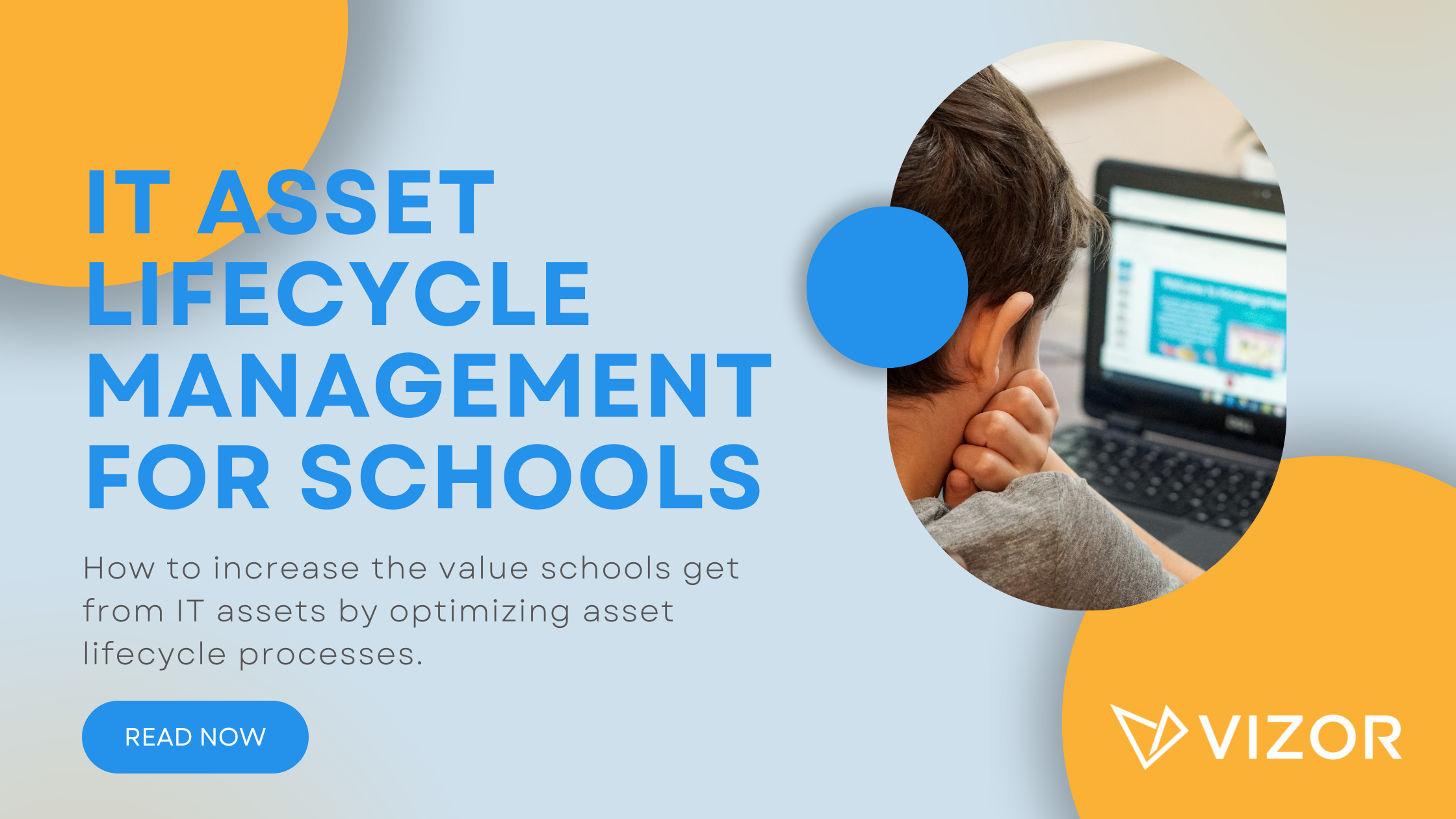4 Technology Predictions that can affect IT in 2020
After hours of scouring the net, I stumbled upon several articles about 2020 technology predictions. Some predictions were warranted while others seemed questionable.
Amongst the experts in the industry, I found five predictions that seemed reasonable and that may affect the IT world. Here are the 4 Technology Predictions that may affect you in 2020:
-
Managing Remote Workers
From my research, several resources are predicting the increase of remote workers. As organizations allow their employees to work from home, IT departments will need to adapt. Regardless of what the C-Level decides, changes are inevitable. More specifically, the changes made to manage the technology used by remote workers. A potential solution may be installing a remote-control tool allowing employees to access their computers remotely and securely. Thus, leaving IT searching for a secure remote tool. Alternatively, employees could checkout their devices. As a result, IT requires a checkout program to monitor the distribution and inventory of the devices.
Further, remote workers open the doors to new talent, Brett Helling, Founder of GigWorker explains.
“Collaboration and productivity tools such as Asana, Google Drive, Slack, and Zoom are making it easier than ever to collaborate with entire teams, without having to be in the same geographical location. As workers aspire to have more freedom and flexibility in their roles, companies will be more open to letting them work remotely. Remote work allows workers to achieve their lifestyle goals, but also allows a company access to entirely new talent pools that span much farther than their local footprint.”
This prompts IT to reevaluate their processes and adapt to different time zones, languages and remote support.
Finally, the increase in remote workers may pose security risks. Expanding access beyond the organization’s walls gives employees the chance to connect to a network device from an insecure source. Plus, lending devices to employees who bring the devices outside the company increases the chances of employees losing them and falling into the wrong hands.
Outcome:
- Improve security measures
- Review checkout programs and inventory
- Look into an ITAM solution to hold employees accountable for the devices they use
- Update employee training on checkout programs, remote working policies and security measures
Final thought: Prepare to take on more projects you may not be familiar with
-
Cyber Crime attacking “Soft Targets”
It is predicted that hackers will attack small to medium-sized businesses as “soft targets.” In other words, testing out their new security breaches on the vulnerable. At one-point, smaller organizations thought they were safe from cyber threats. It wouldn’t make sense for hackers to attack smaller businesses because they would need to hack hundreds of them before amounting to something similar to hacking a single enterprise. However, if you’re a small to medium-sized organization, it’s becoming more apparent that it’s time to invest in strong security measures.
Consider what Jeff Loeb, CMO of Logically, says: “Along with the increase in hacker and cybercrime activity, now these criminals are moving from the enterprise and focusing on attacking small to midsize businesses as their new, soft targets. It’s clear that traditional anti-virus software isn’t good enough. Small to midsize businesses need to go above and beyond with new technologies to address this growing problem.”
Consequently, IT departments will need to reinforce security regardless of their size and budget. In addition, when large enterprises get hacked, the world is aware because the media reports on it. However, we may not hear about the smaller attacks until its too late.
Final thought: Invest is better security measures ASAP!
-
Daily Machine Learning
Several resources predicted the use of Artificial Intelligence in organizations. The concept has been around since the 1960’s but it is only in recent years that we are obtaining the resources to actually implement it. More specifically, machine learning will start becoming regular practice for tasks.
Consider Mankiran Chowhan’s thoughts regarding Machine Learning, “Eventually, it will do all or a portion of certain tasks, with more accuracy and speed than a human being. One’s preferred travel itinerary may be suggested and filled out based on previous trips, and automatically combined with the company’s preferred vendor commitments. Solutions will come up that will ultimately predict the location of expenses based on the cities visited earlier, making the process of filling out expense reports even faster. All of this, and more, will be possible as ML fades into the background, thinking through elements of the work-life, and allowing to put more of the effort into creative and productive tasks. It’s a trend that will bring more benefits in 2020 and beyond.”
What does this mean for IT? Technology-focused organizations will want to leverage machine learning. But not in just products. Organizations will strive to improve processes and workflows internally. Consequently, they risk falling behind competitors. IT will likely be responsible for any of those changes.
Final thought: Find out if your organization plans on investing in machine learning for internal workflows
-
Microsoft’s Bundles
It peaked my interest to read that Slack, the popular communications tool for business, was not doing very well after it’s IPO last year. Microsoft introduced Teams, a similar platform to Slack, which could be a contributing factor to Slack’s poor stock prices. They are bundling Teams with an existing popular tool, Office 365 and stealing market share exponentially. This is all part of Microsoft’s strategy to gain more of the cloud market from Amazon.
Consider Justin Day’s thoughts, “Microsoft’s new CEO has set a new game-changing approach for the company and opened up the business to be much more agile at a corporate level. This approach has bred successful results for Microsoft Azure including a partnership with Salesforce. More importantly, the U.S. Department of Defence awarded Microsoft a ten-year, $10 billion contract to transform the military’s use of cloud; many in the industry had believed that rival Amazon had been a shoo-in for the project. These deals only bode well for Microsoft’s Azure increasing market share of the public cloud space.”
For those using Microsoft products, prepare to be approached to use Microsoft 365, or update or change your current packages. Also, consider taking advantage of Microsoft’s new bundles. For example, Microsoft Teams is being bundled with Office 365 and Microsoft SCCM is being packaged with InTune.
Final thought: Microsoft is changing things, be on the lookout
Conclusion
As technology progresses, there is no doubt IT will have a lot of projects on their hands in 2020. IT departments will need to adapt at a faster rate and organizations will need to allocate more budget to this area of the business. What are your thoughts on the predictions that may affect you? Is there one missing? Are you already seeing some changes?
Need a IT Asset Management Tool?





